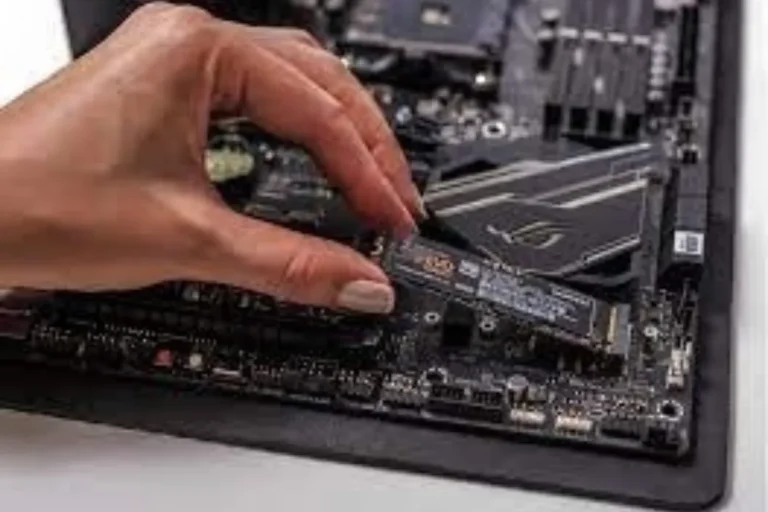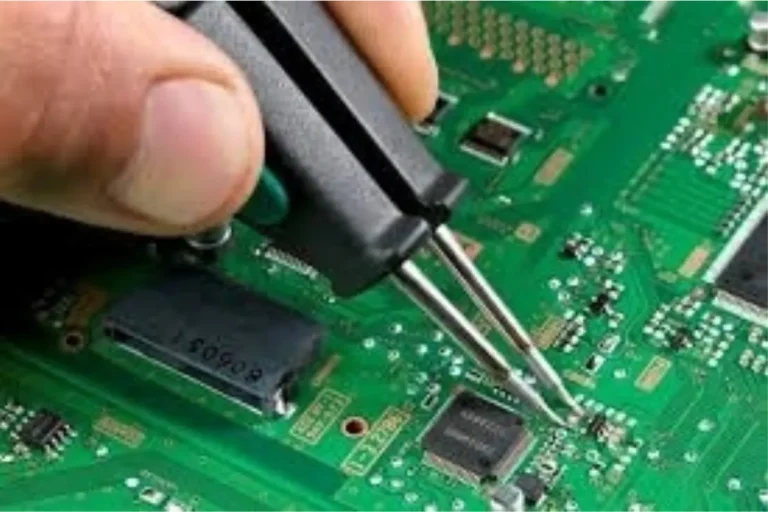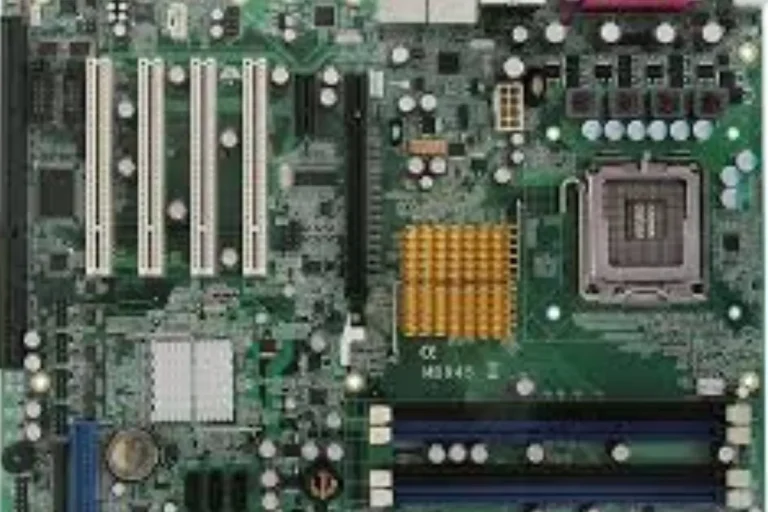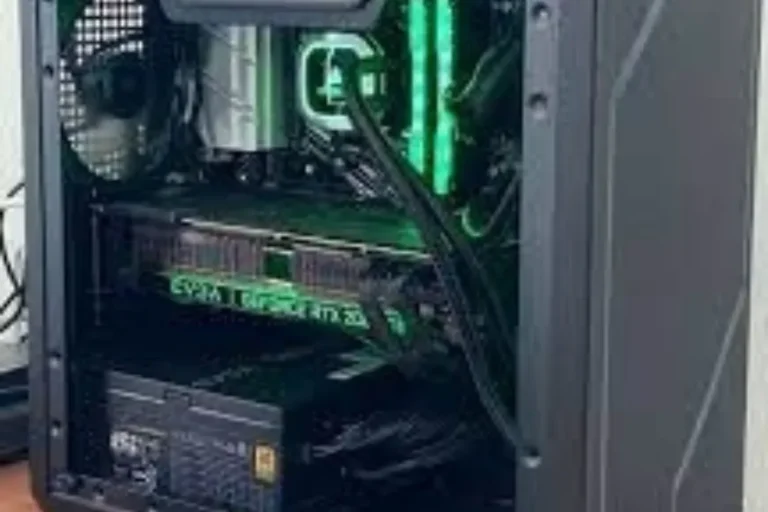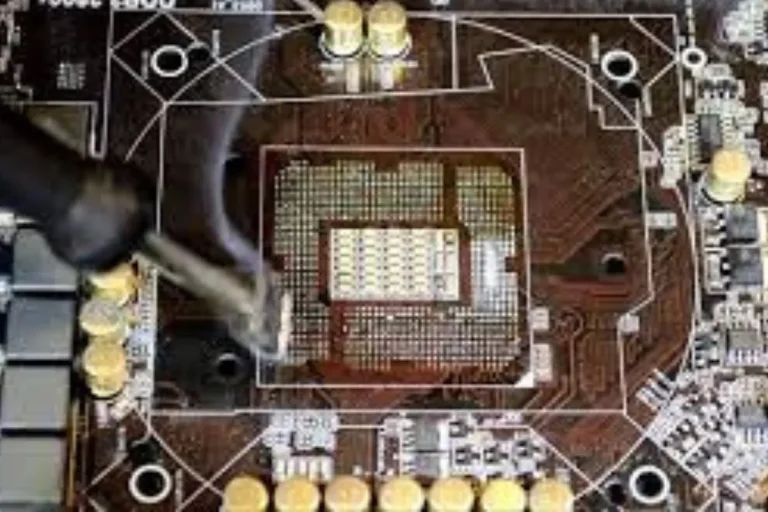Can a DDR4 RAM Motherboard Support a DDR6 Graphics Card?
Hey there, tech enthusiasts! Ever wondered if your trusty DDR4 RAM motherboard is ready to handle the mind-blowing power of a DDR6 graphics card? We’re here to spill the beans and crack open this hardware puzzle. Get ready to unlock the secrets of compatibility in a language even 7th graders can understand.
Compatibility Factors
When it comes to building or upgrading a computer, ensuring compatibility between components is crucial. In this section, we’ll dive into the factors that determine the compatibility of motherboards with graphics cards, shedding light on slot types and the independent nature of RAM and graphics card compatibility.
Motherboard Compatibility
Before installing a graphics card, it’s essential to ensure that the motherboard can accommodate it. Motherboards typically come with different expansion slots, with the most common being PCIe (Peripheral Component Interconnect Express).
PCIe Slots
PCIe slots provide the interface through which graphics cards are connected to the motherboard. It’s important to check the PCIe version and the number of available slots to ensure compatibility. For example, a motherboard with PCIe 3.0 slots might not support a graphics card that requires PCIe 4.0 for optimal performance.
RAM and Graphics Card Compatibility
Contrary to popular belief, the compatibility of RAM and graphics cards is independent of each other. While both components play vital roles in a computer’s performance, their compatibility is determined by different factors.
Graphics cards rely on the motherboard’s PCIe slot, while RAM compatibility depends on the motherboard’s memory slots and supported RAM types (such as DDR4 or DDR6).
To ensure a smooth setup, it’s essential to consider the compatibility of each component individually. This means checking the motherboard’s compatibility with the graphics card and separately identifying the RAM type and its compatibility with the motherboard.
Motherboard Compatibility with DDR6 Graphics Card
When it comes to upgrading your graphics card, compatibility with your motherboard is a crucial consideration. In this section, we’ll delve into the reasons why a DDR4 RAM motherboard cannot support a DDR6 graphics card, exploring the physical and technical aspects that contribute to this incompatibility.
The DDR4 vs. DDR6 Conundrum
It’s important to note that DDR4 RAM and DDR6 graphics cards are distinct components with different requirements. While DDR4 RAM is a type of system memory, DDR6 refers specifically to the memory technology used in graphics cards. As a result, a motherboard designed for DDR4 RAM is not compatible with a DDR6 graphics card.
Physical and Technical Incompatibilities
The physical and technical differences between DDR4 and DDR6 contribute to their incompatibility. DDR4 RAM slots on a motherboard are designed to accommodate DDR4 memory modules, which have a different pin configuration and voltage requirement compared to DDR6 graphics cards.
Additionally, DDR6 graphics cards utilize the PCIe (Peripheral Component Interconnect Express) interface to connect to the motherboard. This requires a compatible PCIe slot, which may differ from the slots used for DDR4 RAM modules.
The Importance of Considering Motherboard Specifications
To ensure a successful upgrade, it’s crucial to carefully consider the specifications of your motherboard before replacing or upgrading your graphics card. Check the motherboard’s compatibility with DDR6 graphics cards, including the supported PCIe version and slot configuration.
Upgrading Options
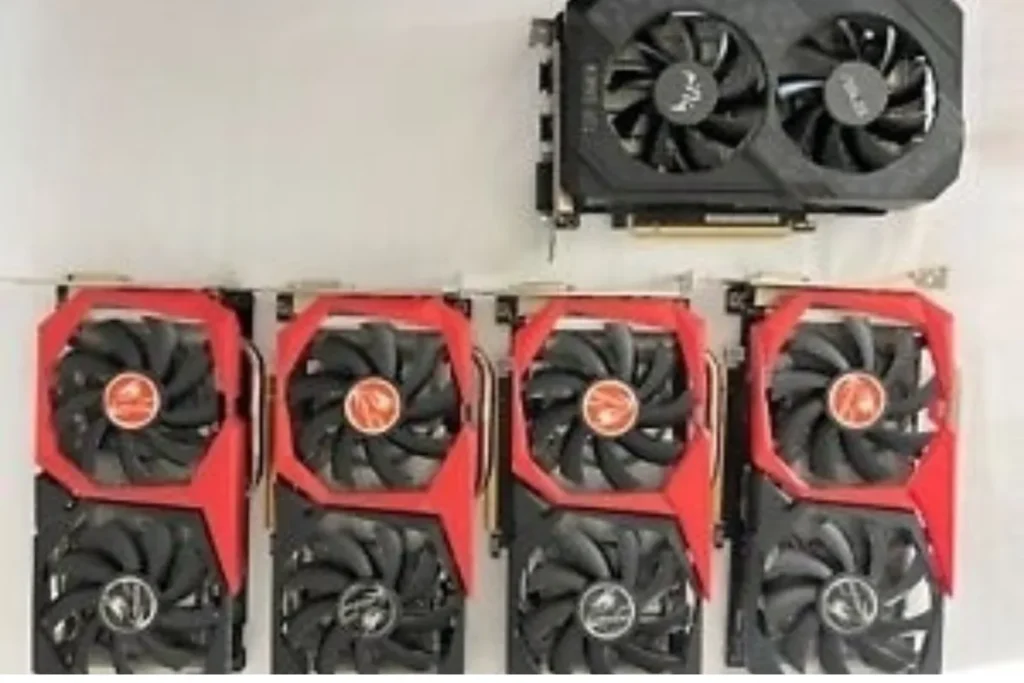
If you find yourself with a DDR4 RAM motherboard and the desire to upgrade your graphics card, fear not! There are several options available to ensure a smooth and compatible upgrade process. In this section, we’ll explore these alternatives and provide guidance on navigating the upgrade journey.
Exploring Possible Solutions
For users with a DDR4 RAM motherboard, there are a few potential paths to consider. One option is to upgrade the motherboard itself, as this would allow for compatibility with DDR6 graphics cards. However, this option may involve additional costs and the need to reinstall other components.
Another option is to choose a compatible graphics card that is designed to work with DDR4 RAM motherboards. While these graphics cards may not provide the same performance as DDR6 counterparts, they can still offer significant improvements over older models.
The Importance of Consultation
When considering an upgrade, it’s crucial to consult the motherboard’s manual or the manufacturer’s website for compatibility information. These resources will provide detailed specifications and guidelines for choosing a compatible graphics card or upgrading the motherboard.
Frequently asked questions
1. Can I upgrade my graphics card if I have a DDR4 RAM motherboard?
Yes, you can upgrade your graphics card with a DDR4 RAM motherboard. However, you need to choose a compatible graphics card that is specifically designed to work with DDR4 RAM motherboards.
2. Should I upgrade my motherboard to support a DDR6 graphics card?
Upgrading the motherboard is an option if you want to use a DDR6 graphics card. This will provide compatibility and allow you to take advantage of the performance benefits of DDR6 technology.
3. What are the alternative options if I don’t want to upgrade my motherboard?
If you prefer not to upgrade your motherboard, you can choose a compatible graphics card that is designed to work with DDR4 RAM motherboards.
4. Why is it important to consult the motherboard’s manual or manufacturer’s website for compatibility information?
Consulting the motherboard’s manual or manufacturer’s website is crucial to ensure compatibility between the graphics card and the motherboard. These resources provide detailed specifications and guidelines, such as supported PCIe versions and slot configurations.
5. Can I use a DDR6 graphics card in a PCIe slot on my DDR4 RAM motherboard?
No, a DDR6 graphics card cannot be directly used in a PCIe slot on a DDR4 RAM motherboard. DDR6 graphics cards require a compatible PCIe slot specifically designed to accommodate them.
Conclusion
In conclusion, a DDR4 RAM motherboard cannot directly support a DDR6 graphics card. DDR6 graphics cards require a compatible PCIe slot that is specifically designed to accommodate them. It’s essential to ensure compatibility between your motherboard and graphics card to avoid any compatibility issues or performance limitations.
